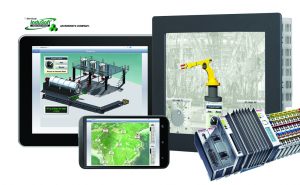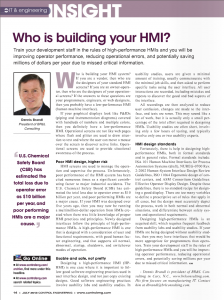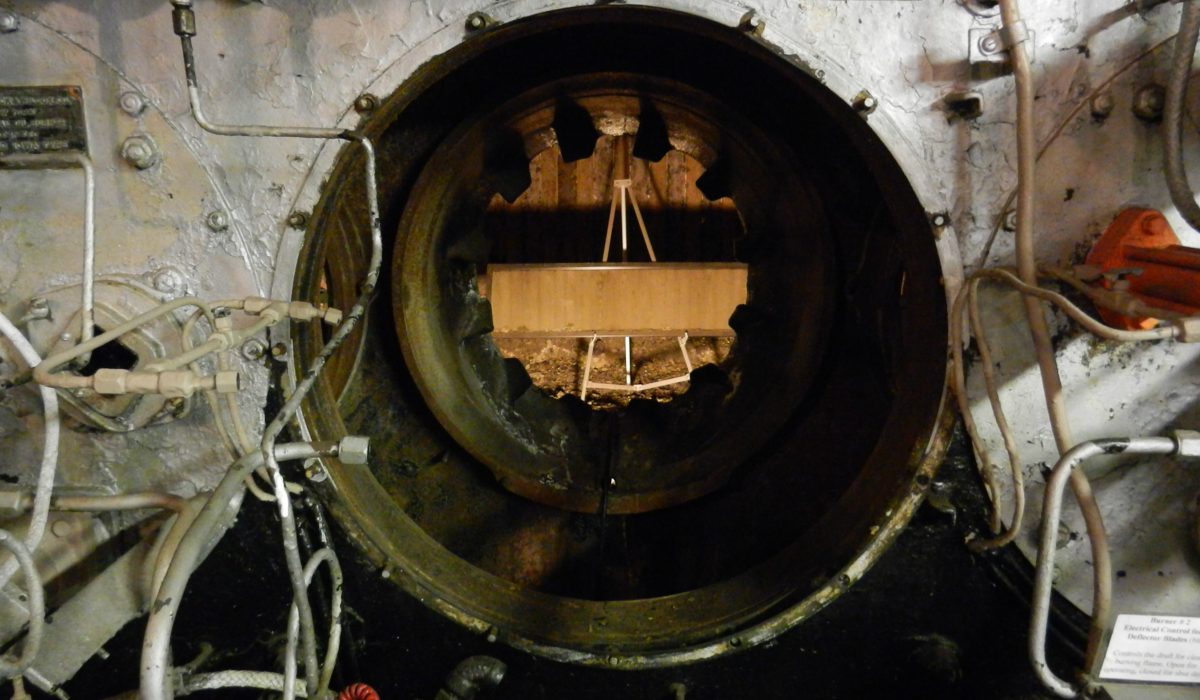Rich Carpenter, chief technology officer of GE Intelligent Platforms, touched on the three internet revolutions in a Control Engineering article. The third revolution is happening right now and while it provides even greater opportunities for business, it also comes with its own risk.
The First Revolution:
The first internet revolution is rooted in the web’s very existence. People suddenly have access to information on a global scale. All the information in the world, and every opinion held, can be found within a few clicks.
Necessary security: Internet users need their computer to keep running so as not to lose pictures, documentation and other information stored on the device.
The Second Revolution:
Consumerism takes hold of the internet, allowing people to buy everything from cars to groceries online. Items bought online can be delivered straight to a consumer’s door.
Necessary security: Personal identity needs to be protected as well as financial information such as credit cards and bank accounts.
The Third Revolution:
Carpenter has named this third revolution the Age of the Industrial Internet, where machines and factory devices communicate with each other and with plant staff through an internet connection. This allows for an optimized process that is safe, more reliable and more profitable.
Necessary security: The internet is now linked to the most critical devices of our infrastructure. Previous concerns, such as loss of device or information, are still high, but another has been added. Loss of control is a huge safety concern. Security must be so tight as to ensure no one besides those authorized can communicate with a machine and yet simplistic enough that it is easy to use.
This industrial internet requires a level of security that goes beyond anti-virus software. Machines and site assets need to be programed with safety as a high priority. Intelligent software adds another level of security, so that a machine understands how to safely react to errors without a human user telling it to do so.
At no other time in history have we been able to so intricately design and program business assets. The continuing revolution of the internet provides greater optimization, reliability and efficiency. Safety is not to be forgotten, but it is also not suffering. That same technology which increases the need for safety also increases the ability to maintain safety.
Synergy programmers and engineers use the internet to remotely work on client assets. This means most problems can be addressed as soon as an engineer gets access to a computer. Without the need to travel to a client site for every problem, time is saved for the engineer and the client, resulting in faster maintenance and shorter downtime.
Is your security up to par with the third revolution of the internet?

 In late September Invensys announced it had acquired InduSoft, a provider of HMI and embedded intelligent device software for automation industries. Invensys has been a member of the Synergy team for 14 years. They are highly valued as they share our goal to provide safe, efficient and reliable systems to clients.
In late September Invensys announced it had acquired InduSoft, a provider of HMI and embedded intelligent device software for automation industries. Invensys has been a member of the Synergy team for 14 years. They are highly valued as they share our goal to provide safe, efficient and reliable systems to clients.

 The 4th of July is almost here and numerous plants will take some down time, or at the very least reduce their operation to the bare essentials, so that employees can celebrate pride in their country with their families. While the 4th is a great time to set aside political differences and embrace unified pride, it also provides a great time for plants to perform maintenance work on the plant.
The 4th of July is almost here and numerous plants will take some down time, or at the very least reduce their operation to the bare essentials, so that employees can celebrate pride in their country with their families. While the 4th is a great time to set aside political differences and embrace unified pride, it also provides a great time for plants to perform maintenance work on the plant.

